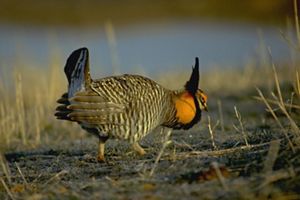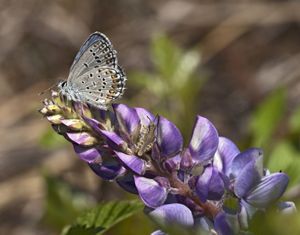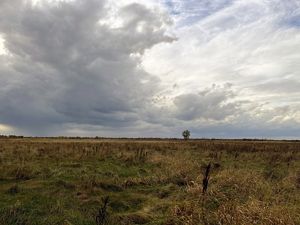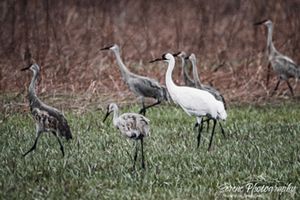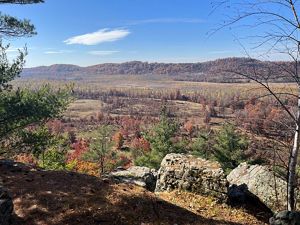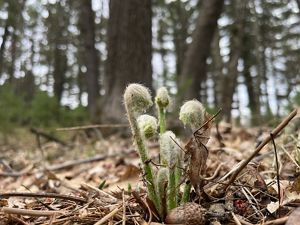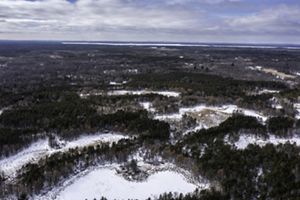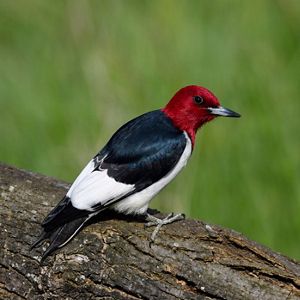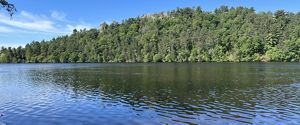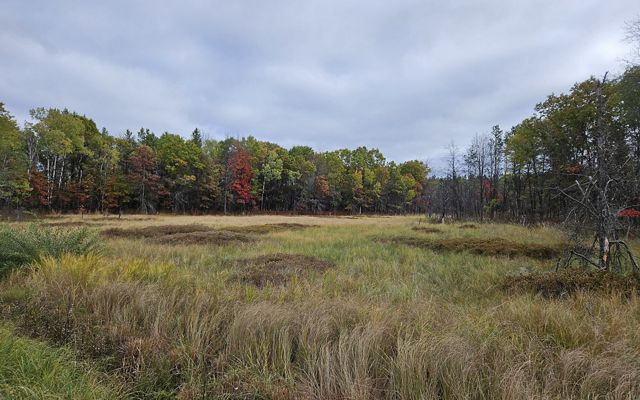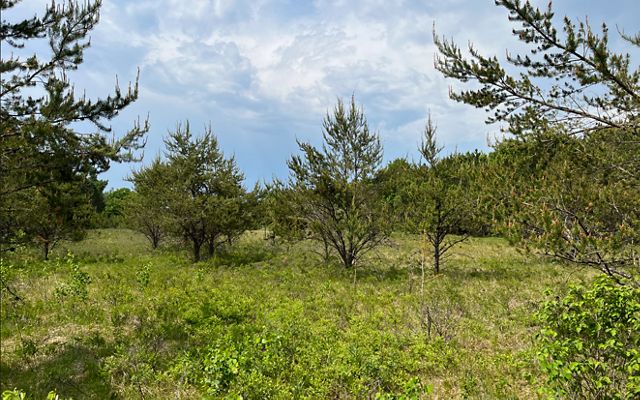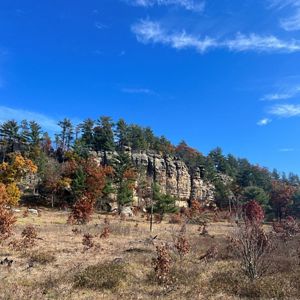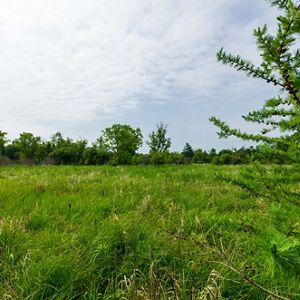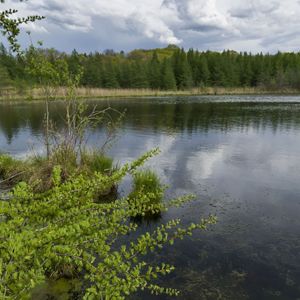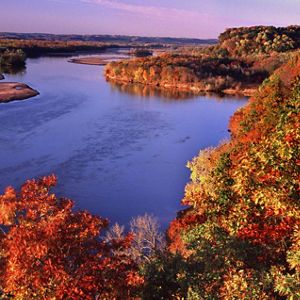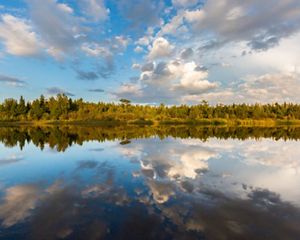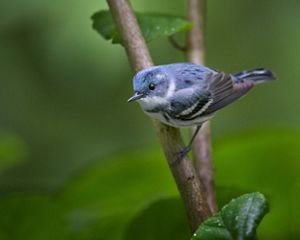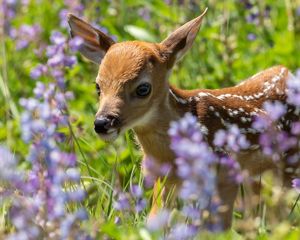Description
Scoured by glaciers and covered by the waters of Glacial Lake Wisconsin for thousands of years, the Central Sands region of Wisconsin is a unique mix of sandy plain, wetlands, oak and pine barrens, and scattered mesas and buttes that once stood as islands in the glacial lake. Historically, extensive wetlands occurred across the Central Sands region. The area also experienced frequent and wide-ranging fires that shaped the fire-adapted plant communities, including oak and pine barrens, which once covered 26% of the landscape.
Today, approximately 25% of the 2.2-million-acre Central Sands Plains ecological landscape is publicly owned and managed by county, state and federal agencies. This protected acreage includes Quincy Bluff and Wetlands State Natural Area, which TNC helped acquire before transferring the land to the Wisconsin Department of Natural Resources for perpetual protection. Outside of the Northwoods, this ecological landscape has the highest percentage of public lands in Wisconsin.
Within the Central Sands, TNC owns and manages approximately 3,500 acres, split among five tracts ranging from 200 to 1,900 acres each. Large, continuous blocks of protected land in the Central Sands have allowed mammal species like the timber wolf, black bear, bobcat, and fisher to persist. The region is also home to several rare plants and animals, including the Karner blue butterfly, Kirtland’s warbler, slender glass lizard, and greater prairie chicken.

